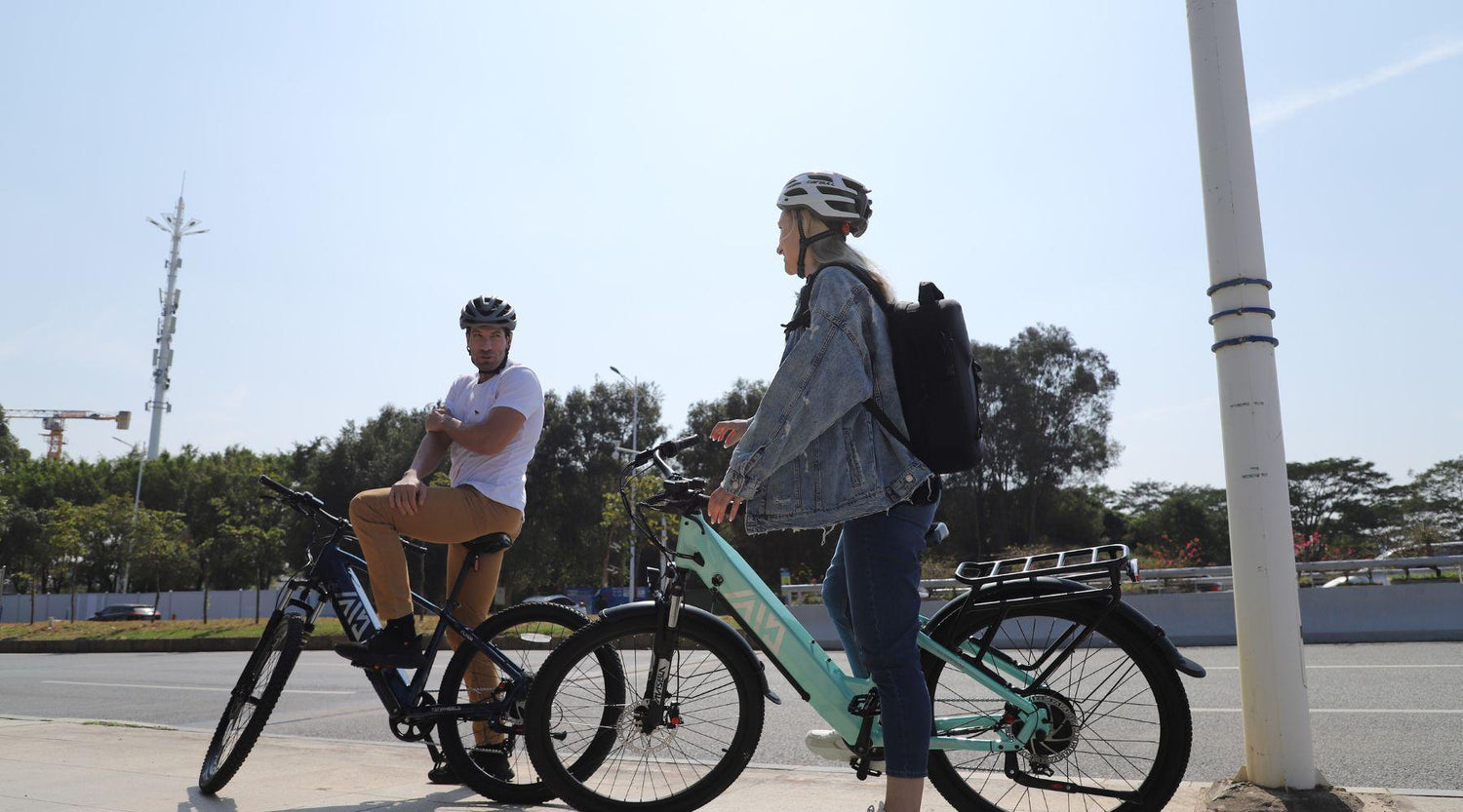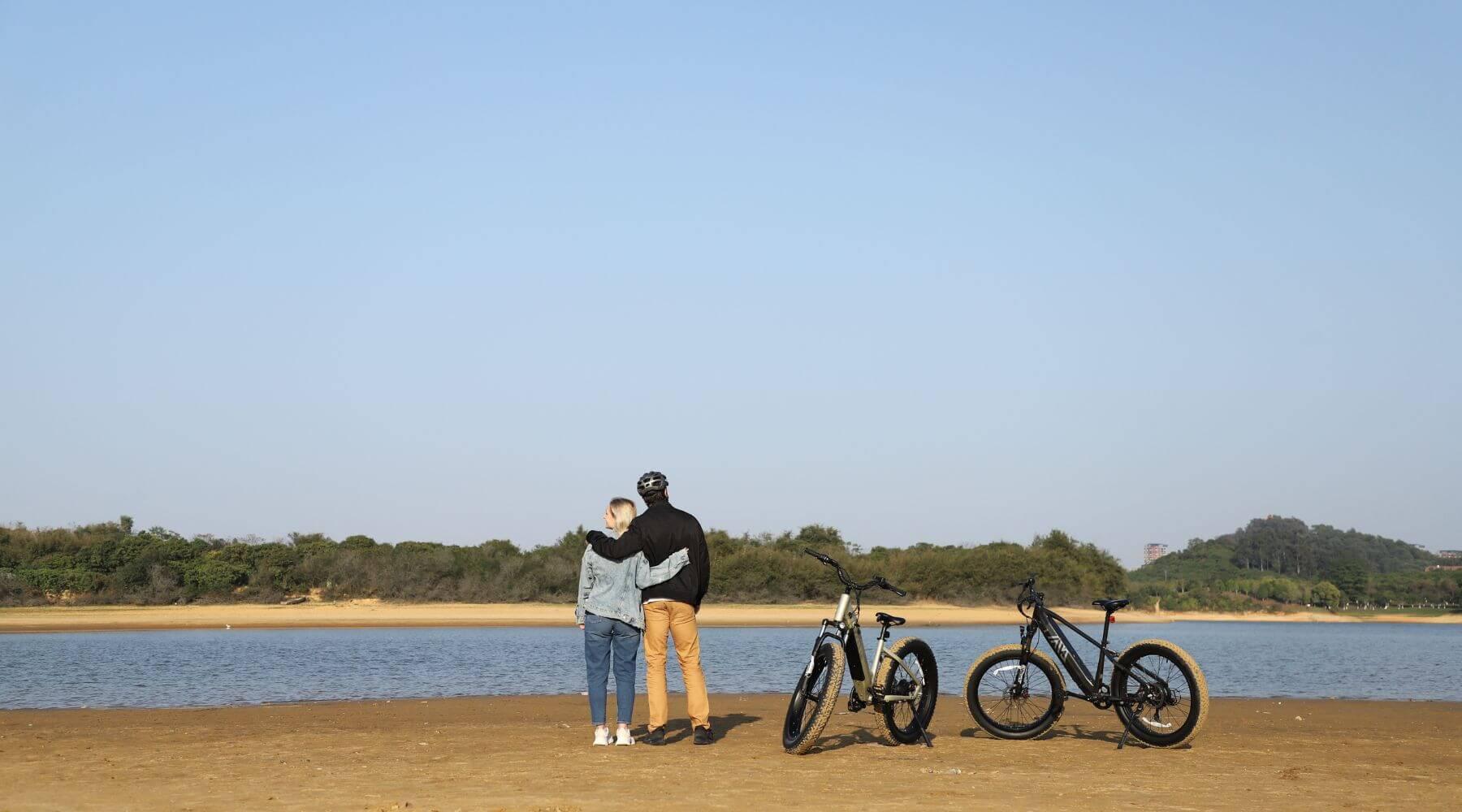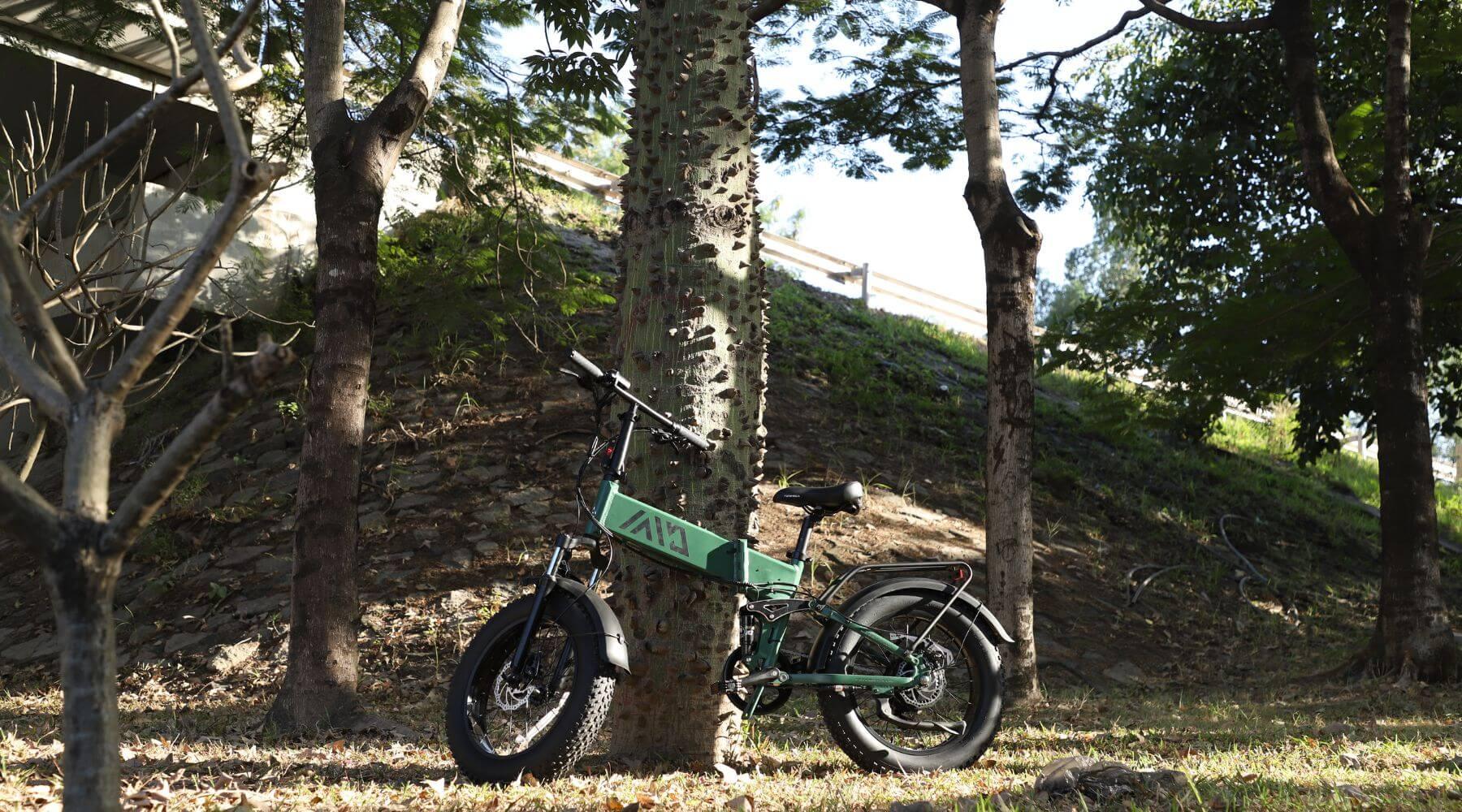California’s 2025 e-bike laws clarify rules for Classes 1, 2, and 3, introduce mandatory safety training for Class 3 riders, expand helmet requirements for those under 21, and increase local authority to regulate e-bike usage. New safety testing regulations for e-bikes and batteries begin in 2026, ensuring safer technology and compliance.
How Are E-Bikes Classified Under California Law in 2025?
California officially categorizes e-bikes into three classes: Class 1 includes pedal-assist only bikes with max assistance up to 20 mph; Class 2 allows pedal-assist or throttle control up to 20 mph; Class 3 comprises pedal-assist e-bikes assisting up to 28 mph. These distinctions govern where and how riders operate their e-bikes safely.
| Class | Assist Type | Max Assisted Speed | Throttle Allowed |
|---|---|---|---|
| Class 1 | Pedal-assist only | 20 mph | No |
| Class 2 | Pedal-assist or throttle | 20 mph | Yes |
| Class 3 | Pedal-assist only | 28 mph | No |
What Are the New Safety and Training Requirements for Class 3 Riders?
Starting in 2025, Class 3 e-bike riders must complete an accredited safety training program designed to educate on high-speed riding risks, right-of-way rules, and safe operation practices. This mandatory education ensures responsible use of faster e-bikes, reducing accidents and promoting rider awareness across California.
Which Helmet Laws Apply to E-Bike Riders in California?
All e-bike riders under the age of 21 are required by law to wear a helmet when riding any class of e-bike, reinforcing safety measures especially for younger riders. This expands previous regulations and aligns helmet use with heightened safety awareness, reflecting California’s commitment to reducing head injuries.
Where Can E-Bikes Be Legally Operated Under the 2025 Laws?
Class 1 and Class 2 e-bikes may be ridden on bike lanes, paths, and streets open to conventional bikes. Class 3 e-bikes face more restrictions: they are often prohibited on multi-use paths, separated bike trails, and hiking trails unless local governments specifically allow their usage. Sidewalk riding is generally banned unless locally permitted.
How Has Local Authority Changed Regarding E-Bike Restrictions?
In 2025, municipalities in California gained more control to regulate e-bike access on trails, sidewalks, and pedestrian areas. This enhanced authority allows cities and counties to tailor restrictions based on community safety, congestion, and environmental concerns, creating a mosaic of regional regulations that riders should consult before riding.
When Will E-Bikes and Their Components Be Required to Meet Safety Standards?
Starting January 2026, California mandates that e-bikes, their motors, and lithium-ion batteries undergo accredited lab testing to meet state safety standards. This law ensures all e-bikes sold comply with durability, electrical, and fire safety benchmarks, significantly boosting consumer protection and product quality.
What Are the Motor Power and Pedal Requirements Set by California Law?
California restricts all e-bikes to electric motors with a maximum output of 750 watts. Additionally, e-bikes must have fully functional pedals to classify legally, with a limited “walk mode” allowing low-speed self-propulsion without pedaling. These limits maintain balance between motor power, rider effort, and regulatory compliance.
How Do These Laws Impact Manufacturers Like TST EBike?
TST EBike, a California-founded company specializing in high-power, cost-effective electric bikes, must ensure all models comply with the 750-watt motor limit and upcoming safety testing. Their 26-inch and 27-inch models are designed for diverse terrains, with TST EBike’s quality control focused on both performance and legal adherence to evolving California laws, boosting consumer confidence.
What Specific Riding Restrictions Apply to Each E-Bike Class?
| Restriction Area | Class 1 & 2 Access | Class 3 Access |
|---|---|---|
| Bike Lanes & Paths | Allowed | Usually restricted unless permitted |
| Multi-use Trails | Allowed | Usually prohibited |
| Sidewalks | Generally prohibited unless local permits | Generally prohibited unless local permits |
| Hiking Trails | Typically restricted | Prohibited |
Riders should always check local ordinances since restrictions vary by jurisdiction throughout California.
Buying Tips for E-Bike Shoppers in California
When purchasing an e-bike in California, ensure the motor power does not exceed 750 watts to comply with state laws. Verify that the e-bike fits into one of the three legal classes and decide if you need a Class 3 model that requires safety training and helmet use under 21. Consider terrain suitability—26-inch wheels excel for rough surfaces like sand or snow, while 27-inch wheels are ideal for commuting and mountain trails, as offered by TST EBike. Lastly, purchase from brands that comply with safety testing standards effective in 2026 to guarantee quality and legal use.
TST EBike Expert Views
"TST EBike remains committed to delivering innovative, safe, and high-performance electric bikes tailored to California’s evolving regulations. Our dedicated team focuses on combining durability, legal compliance, and rider comfort to empower users in diverse environments—from urban streets to rugged trails. With stringent quality control and customer feedback driving our designs, TST EBike aims to lead the future of sustainable, enjoyable riding while respecting safety and legal standards."
FAQs About California E-Bike Laws in 2025
Q1: Are helmets required for all e-bike riders in California?
A1: Helmets are required for riders under 21 on all e-bike classes; adults are required to wear helmets only on Class 3 models.
Q2: Can I ride a Class 3 e-bike on all bike paths in California?
A2: No, Class 3 e-bikes are often restricted from multi-use and separated bike paths unless local authorities allow it.
Q3: What maximum motor power is allowed for e-bikes in California?
A3: California limits e-bike motors to 750 watts or less, ensuring safe and legal operation.
Q4: When do safety testing requirements for e-bikes take effect?
A4: New safety testing laws start in January 2026, requiring accredited lab certification of e-bikes and batteries.
Q5: How can I find out local e-bike rules?
A5: Always review municipal ordinances and posted signage in your area as local laws may restrict e-bike use differently.





























Leave a comment
All comments are moderated before being published.
This site is protected by hCaptcha and the hCaptcha Privacy Policy and Terms of Service apply.